Author: tegan
-
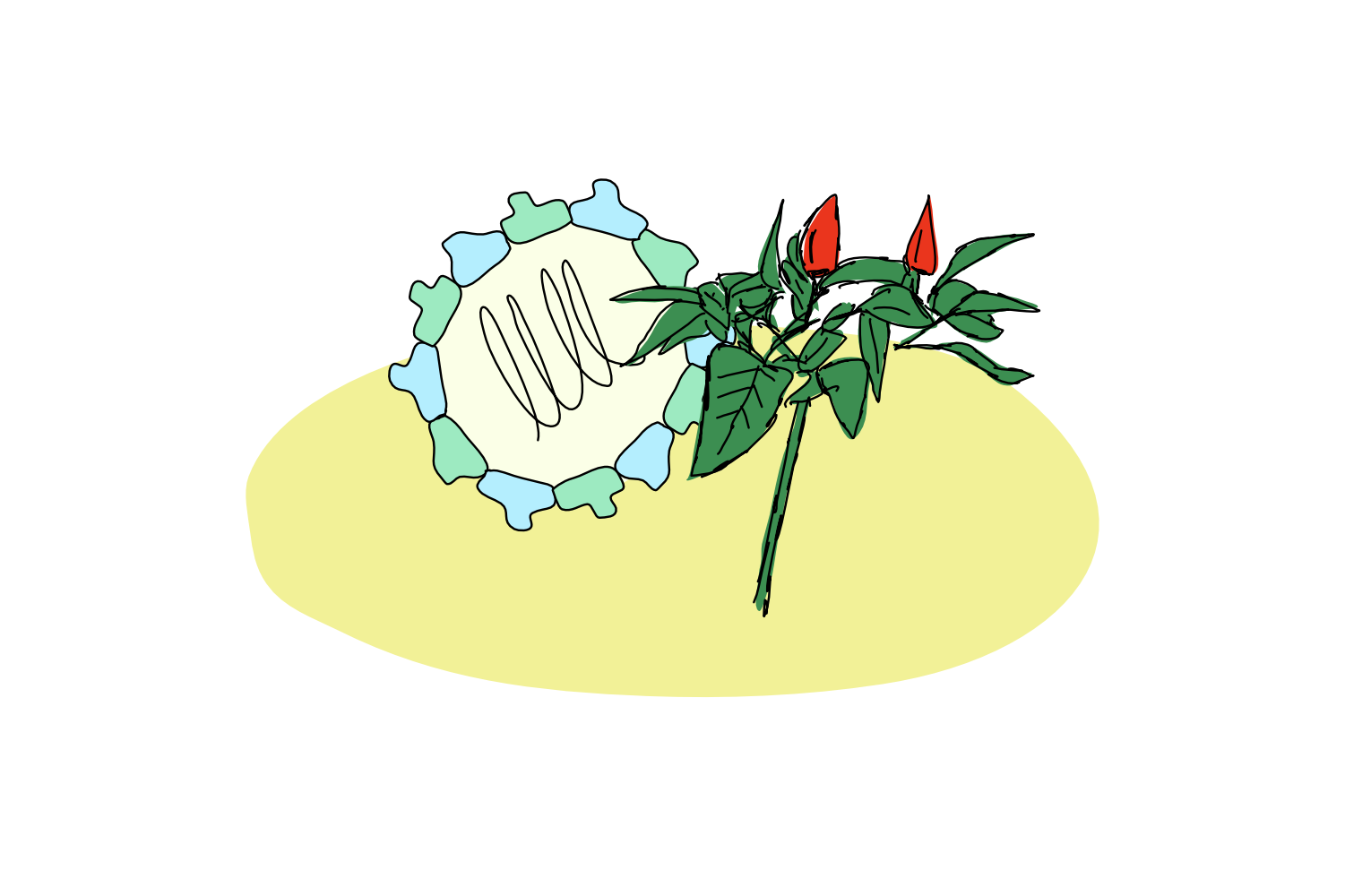
Taming a Virus
-

The Spooookiest Plant Genes
Welcome to the Spooky Season!
Earlier in the week we shared a list of the scariest plants, including some that are dangerous, some that are deadly, and some that just have really cool names and backstories.
Today, we’re talking about our favourite plant genes, proteins and mutants with sufficiently spooooky names.
Let us know in the comments if you think we’ve missed any!… Read more
-
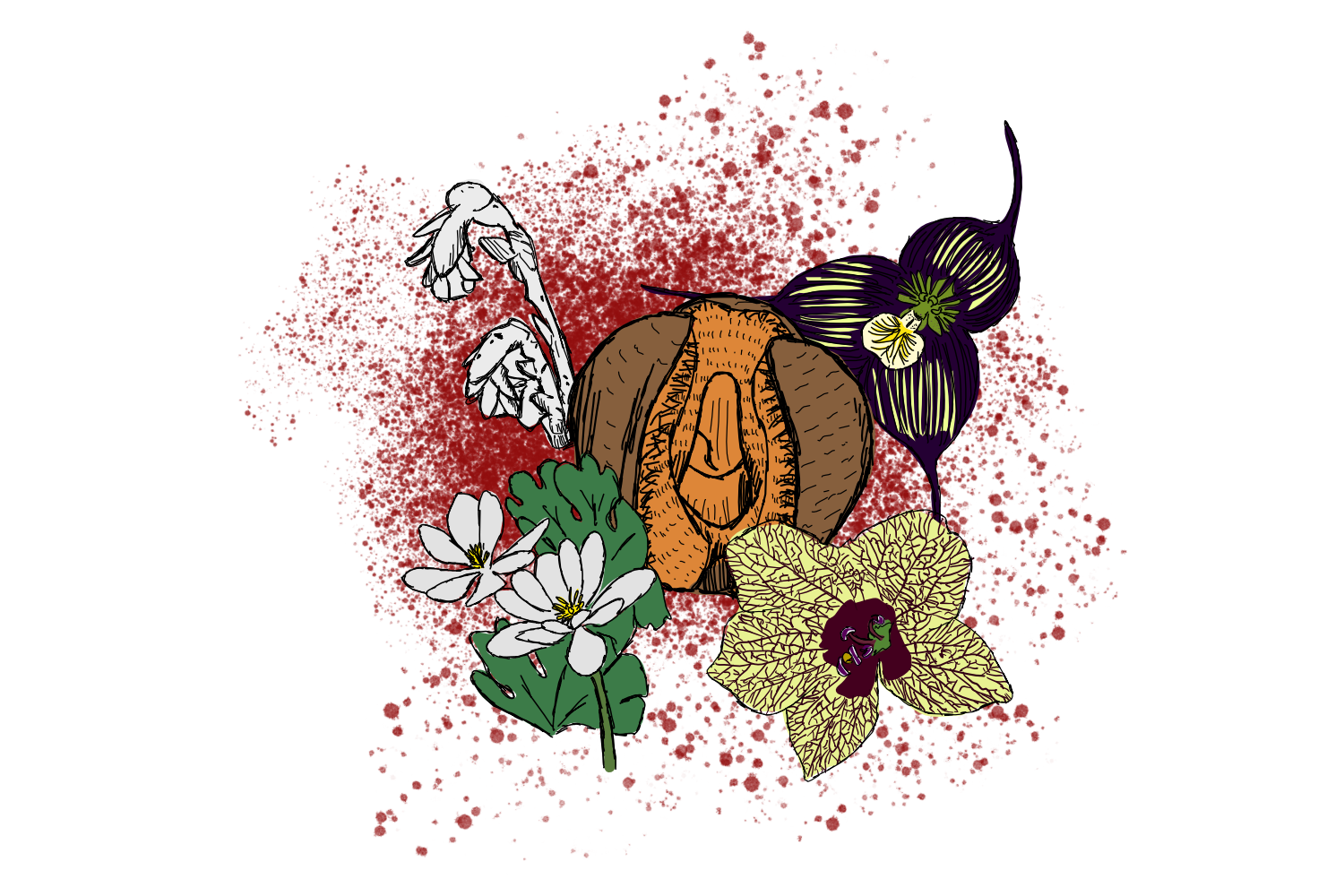
Our 11 Scariest Plants
Welcome to Halloween Week!
We thought we could stick to the spoooky theme this week, and present our favourite scary plants. Just as a disclaimer – we are well aware of (and a little bit sad about) the fact that some people will hear ‘scary plant’ and immediately thing ‘GMO’. But that’s not at all what this is about.
Instead, we’re focusing on the devious, the dangerous, and the deadly… a well as a couple of plants that just plain old smell like dung.… Read more
-
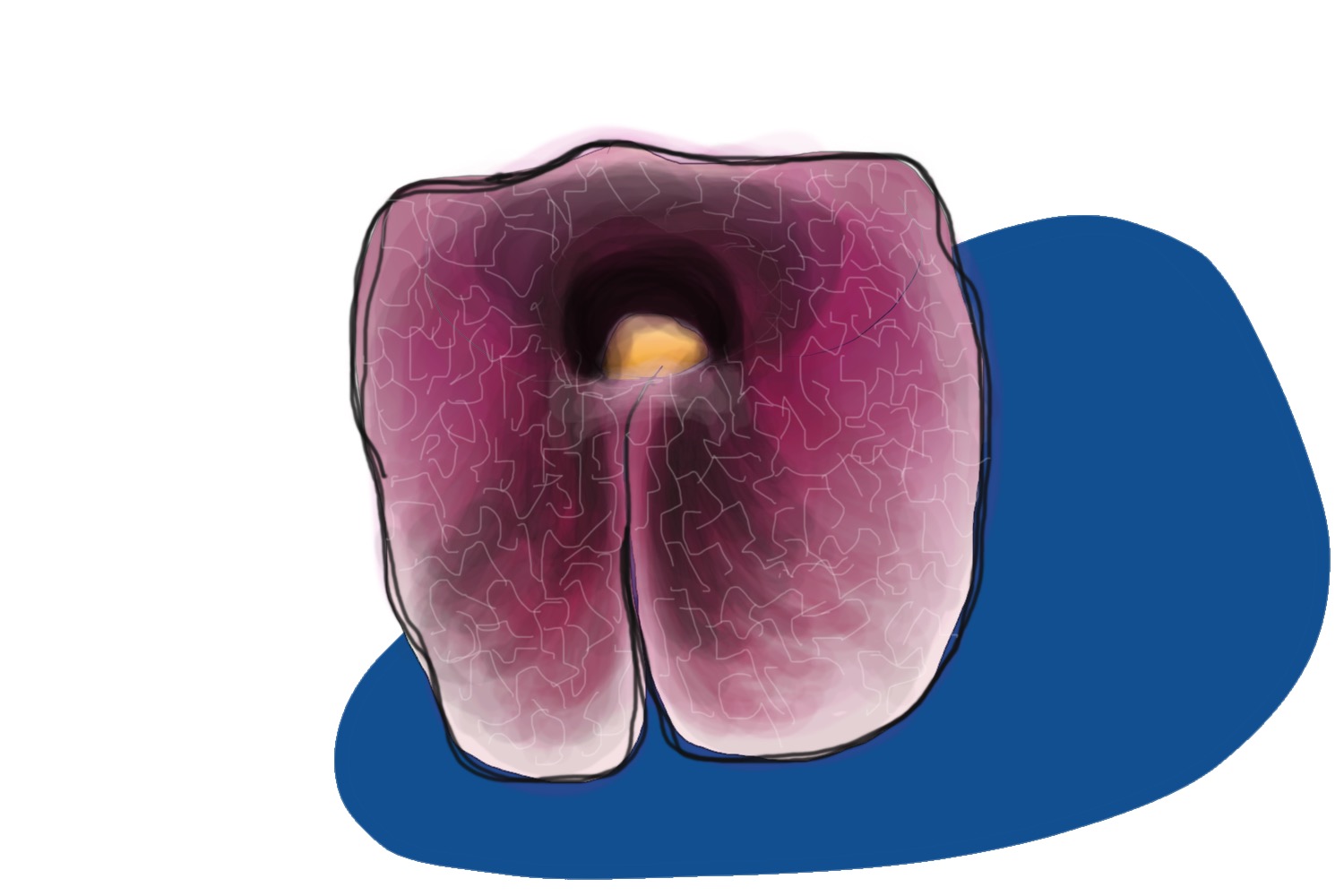
Seen at the Berlin Botanical Gardens-Aristolochia
At the start of October, Plants and Pipettes (aka, Joram and I), took a trip to the Berlin Botanical Gardens. And boy, did we see some pretty things!… Read more
-
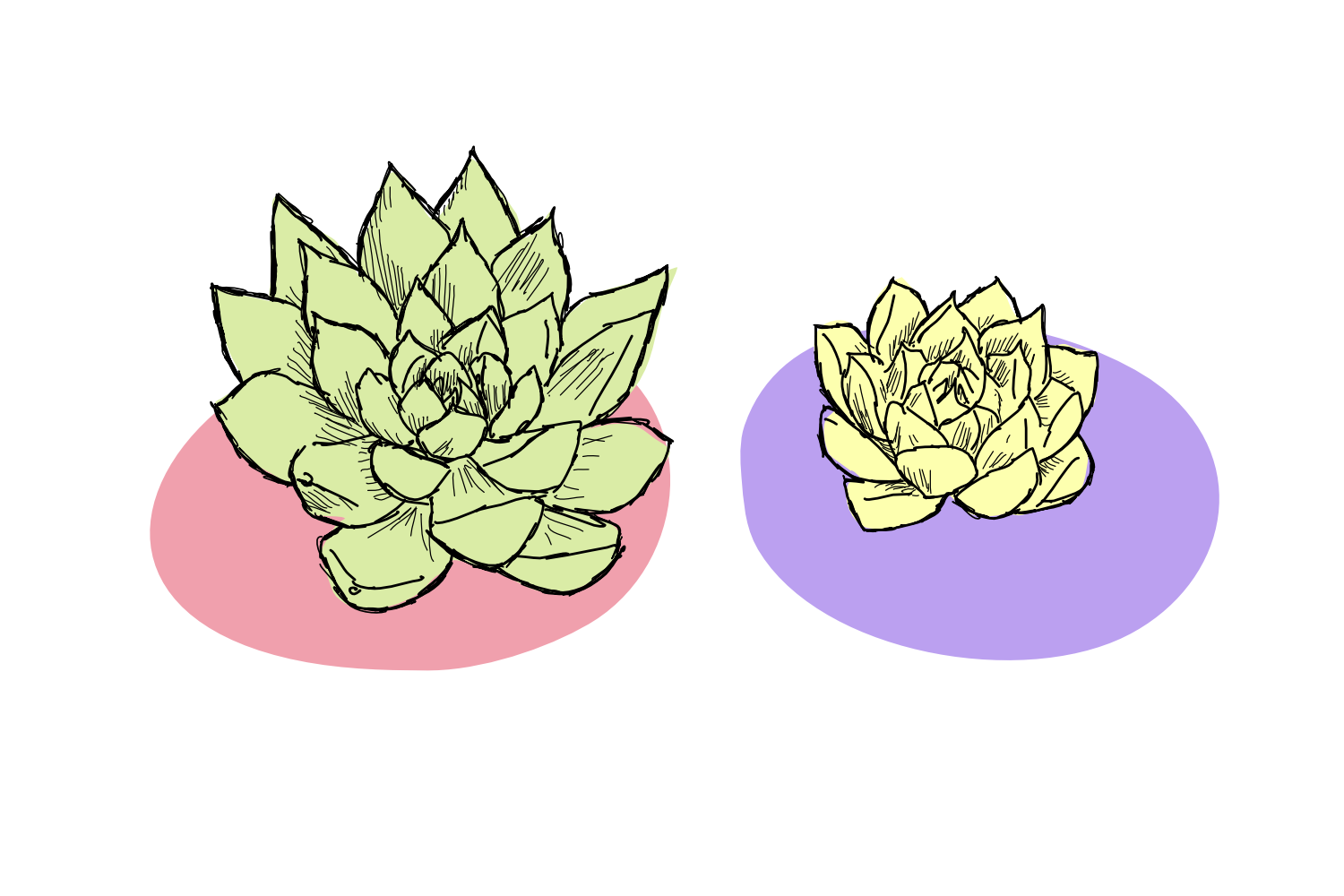
Cross both ways before you look!
Today, in this CROSSOVER with Vivian from Instagram’s @Fat_plants_only, we’re talking about literal crossing.
More specifically, we’re diving into the molecular and genetic factors that play a role into directional crossing differences. I.e., why it is sometimes, using one parent species as the dad (pollen or sperm donor) and one as the mum (egg donor) makes a completely different offspring, compared to when we use those same parents, but switch their roles.… Read more
-
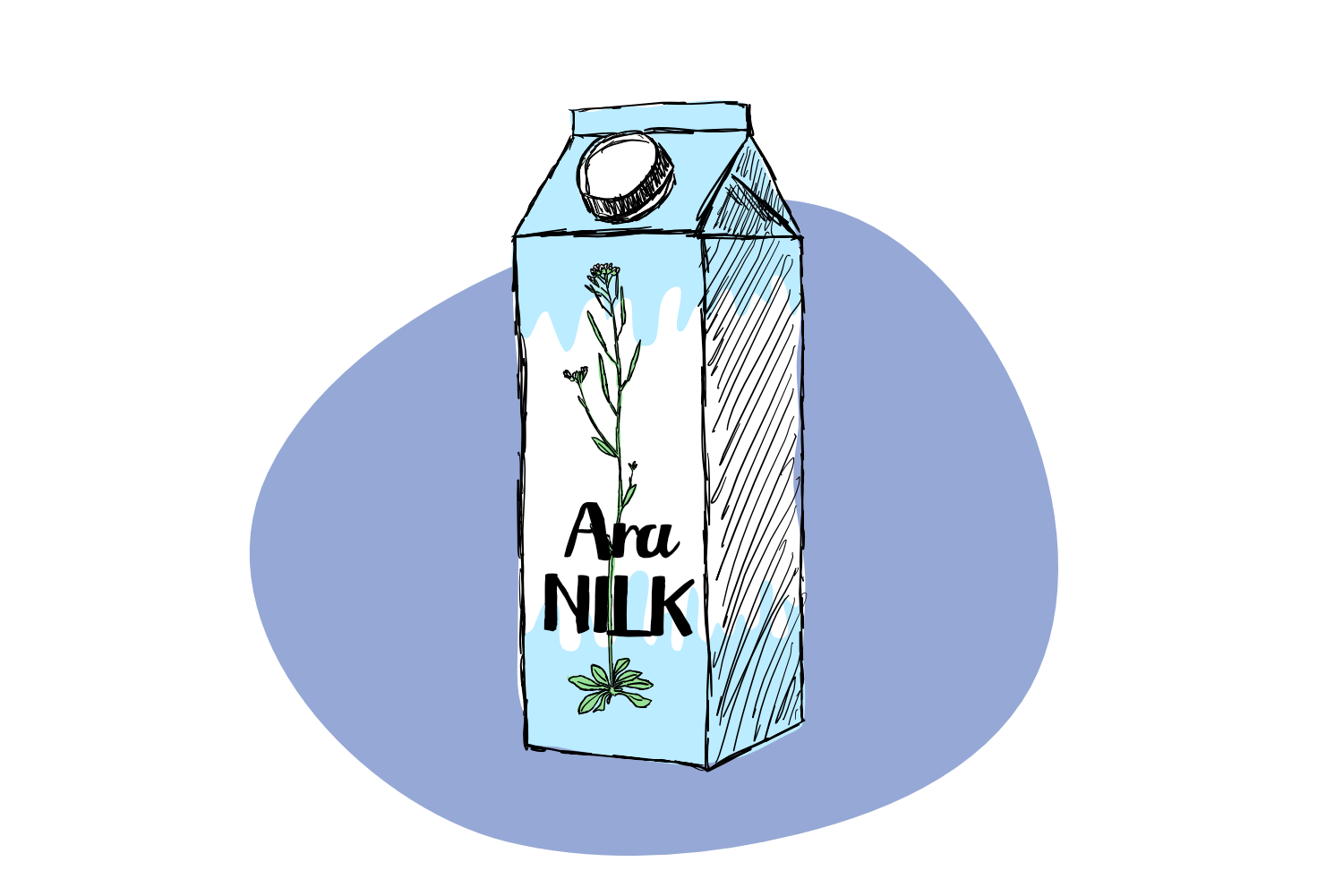
Babyccino*, with Arabidopsis milk?
Plants have long been used as an important source of oil- sunflower, olive, canola and even pumpkin seed. And, more recently, they’ve also been used to make nilk**: soy, oat, almond and cashew.
Today, we’ve got a bit of a mixed bag for you, a post about how plant oils can be used to make milk products. The kind- in case the title of the post didn’t tip you off- that are designed specifically for babies.
*For those of you who don’t know what a babyccino is, it’s basically just frothed warm milk.… Read more
-
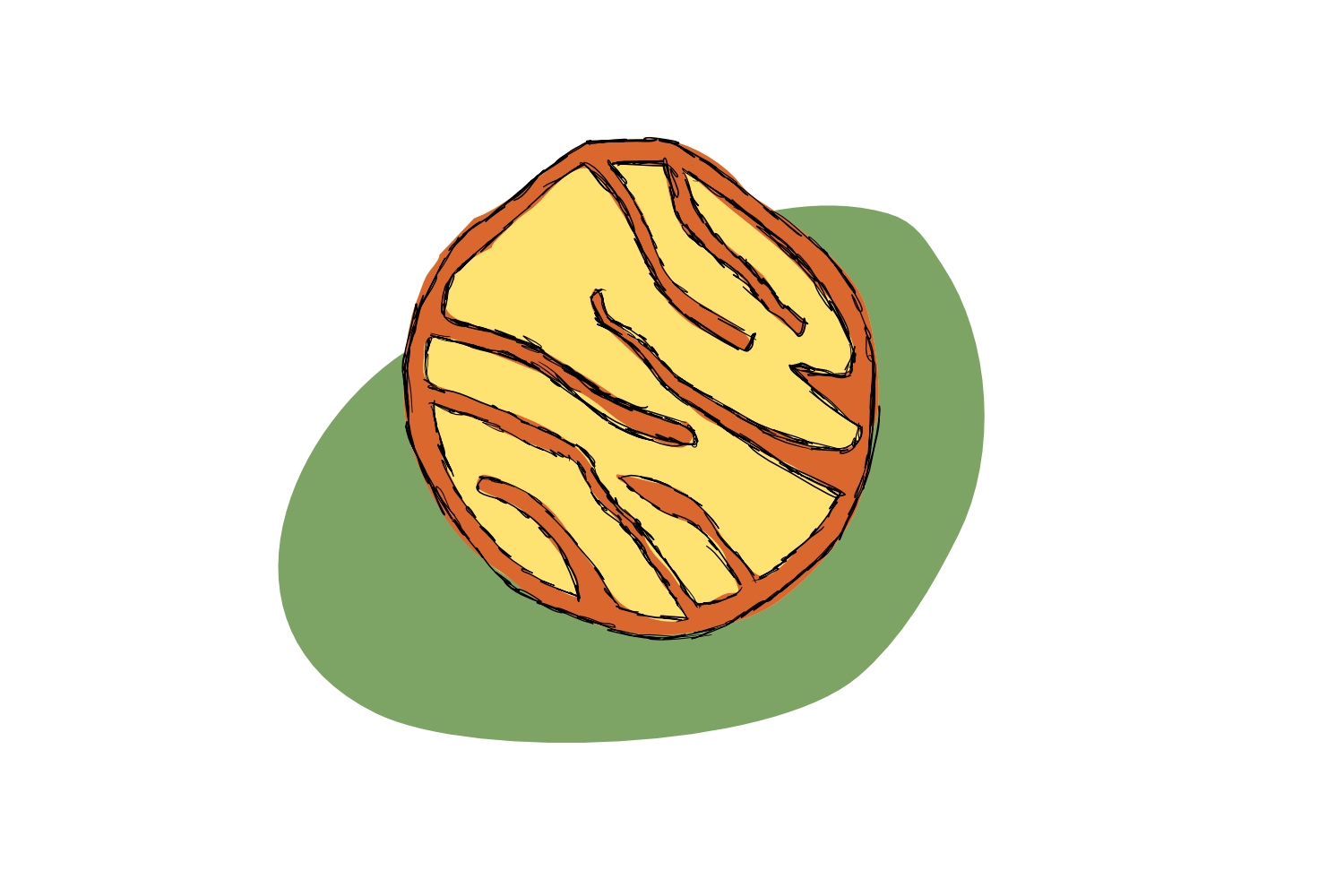
What it takes to be a mitochondrion
You all know the mitochondria are the powerhouses of the cells.. but what exactly is required to get that power going?
Mitos were first seen as organelles way back in the 1800s, and known to be the sites of cellular respiration by the early 1900s. And although we now know that in order to do this respiration- plus a multitude of other functions- mito require thousands of types of proteins in order to function, we don’t really have a perfect idea of how many of each of those proteins is required.… Read more
-
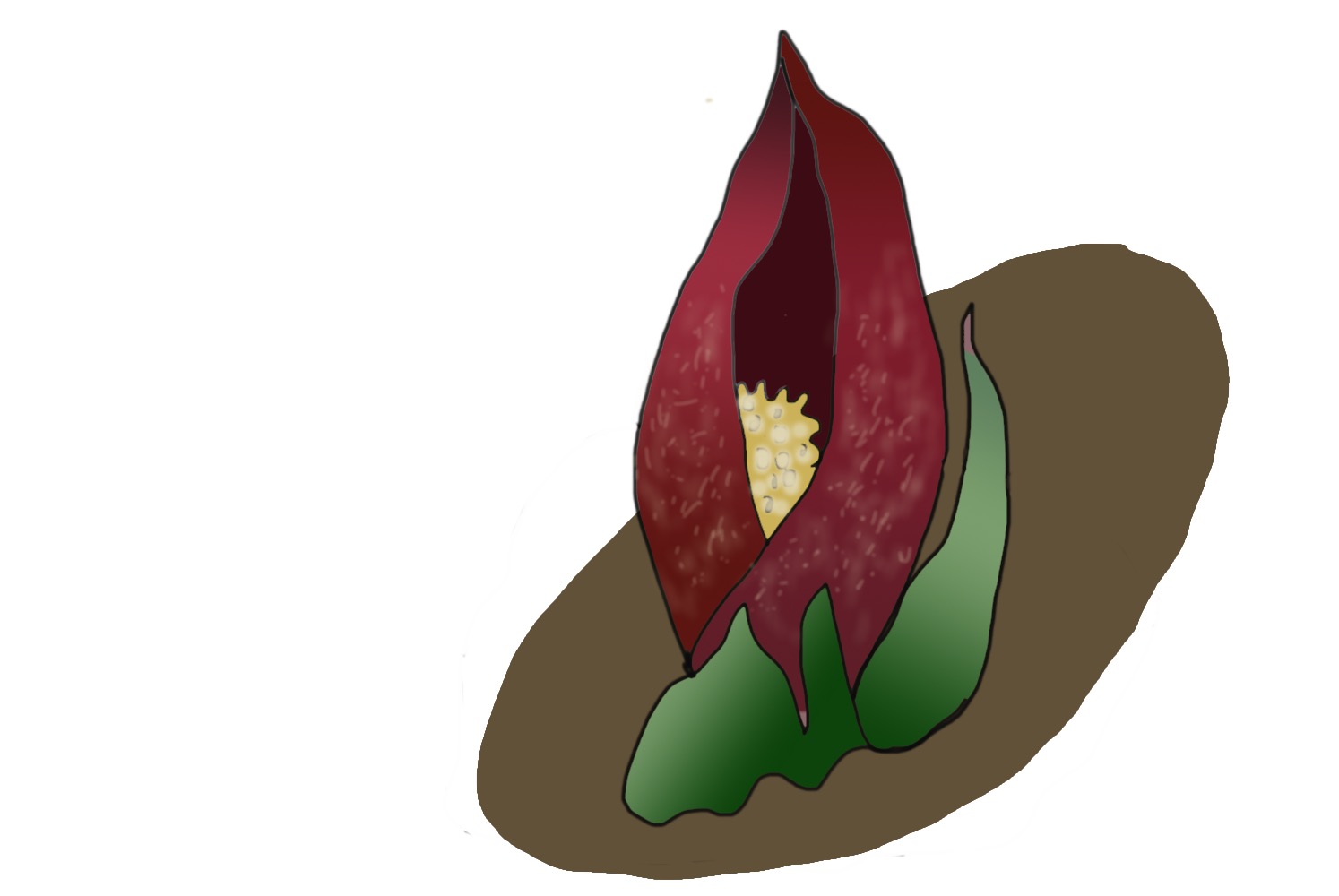
Skunk cabbages and the invention of eukaryotes
Welcome to Musing Mondays, where we ask …. what does a skunk cabbage have to do with the invention of eukaryotic life?… Read more
-
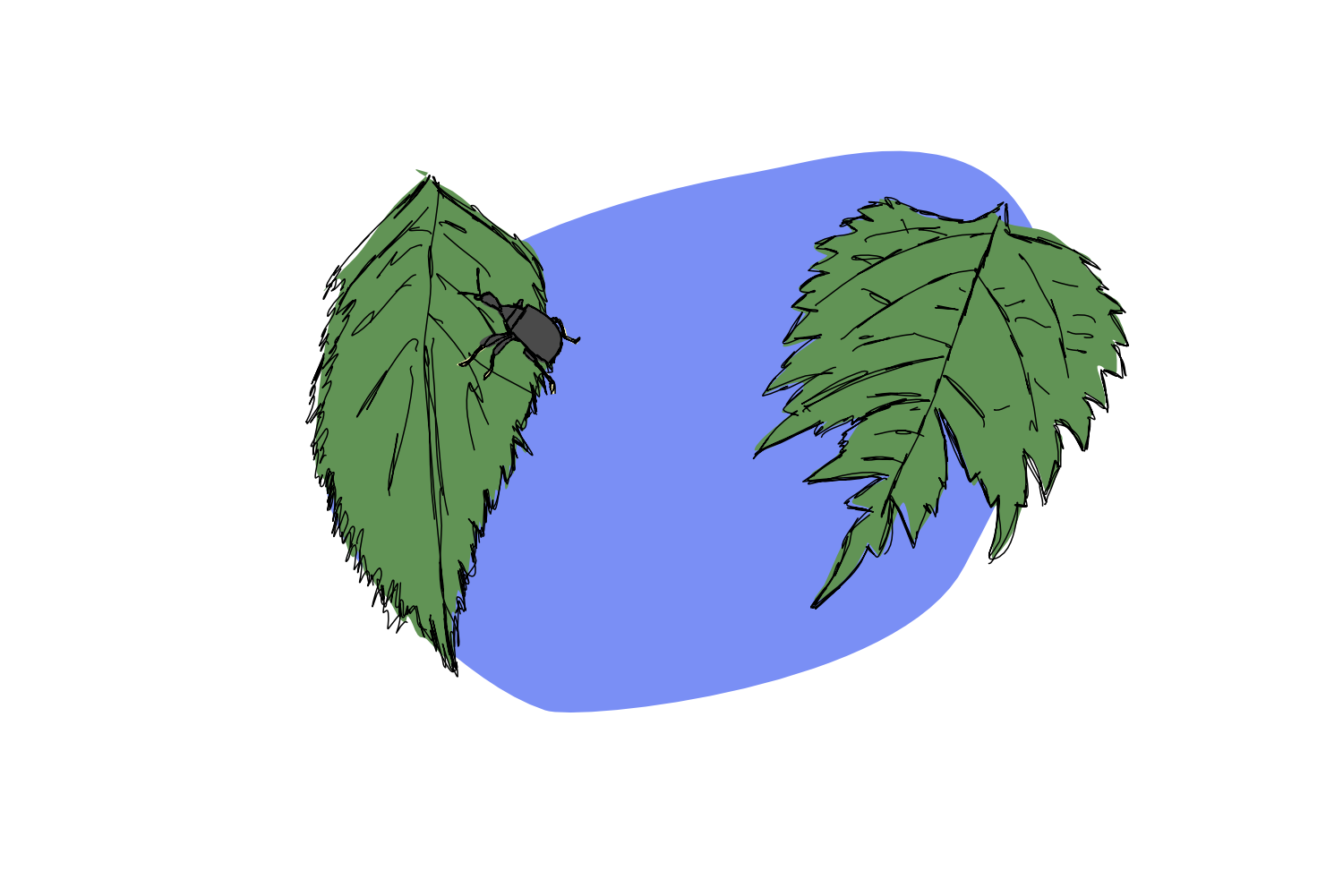
How the Leaf got its Shape
Leaves begin their lives as a tiny rounded ‘peg’- an outgrowth of a cluster of just a few cells. Yet as they grow, they develop not only in size, but also in shape. The result: a huge and beautiful diversity of foliage structures, with differences seen from species to species, within a single plant as it ages, or in response to the surrounding environment.
So why exactly do leaves look like they do?
It all comes down to light, water, wind warmth..… Read more
-
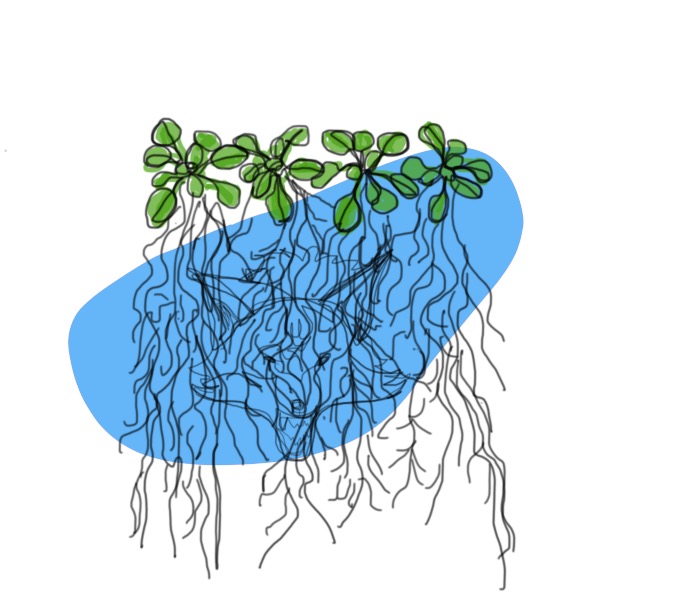
Werewolf roots
This werewolf didn’t come into being like the werewolves of other stories do. There wasn’t a bite, a fever, or rapidly sprouting knuckle-hairs. There wasn’t a dark night or a full moon or the howling call of the wild.
But there were scientists. And there may have been some mutagenic substances.… Read more